

Don't fail this trivia quiz then
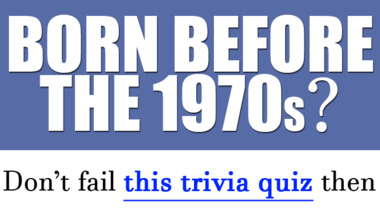
10 mixed questions for you to have fun with

Can you score 7 or higher in this one?
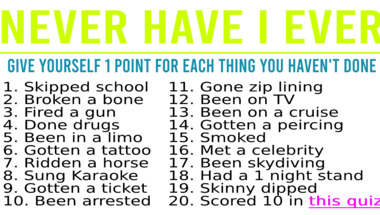
10 questions to test your knowledge

10 Smart Questions
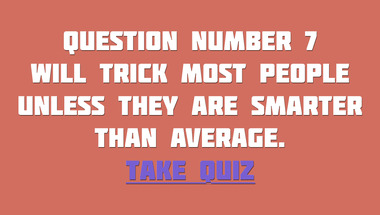
Did you live in this awesome decade?
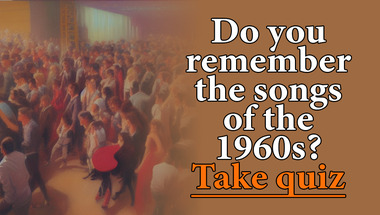
Let's see how smart you really are!
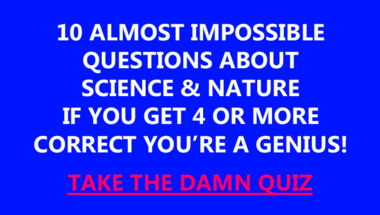
How many of them will you answer correctly?

10 Impossible Questions

10 questions

Where have you been?

Tell us your result in the comments

How many correct answers will you get?

How many correct will you get?
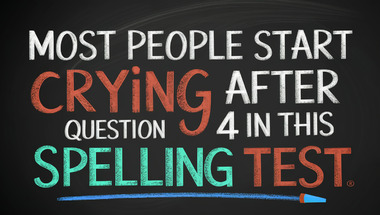
10 countries, 10 capitals - How many do you k..

Mixed category quiz

10 questions to test your knowledge

Let us know your score in the comments
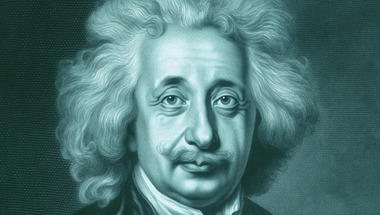
How many of these fantastic songs do you reme..
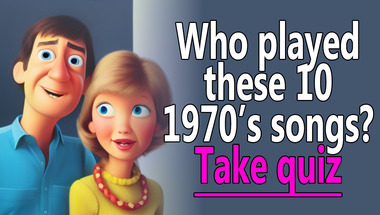
10 Almost Impossible Questions

10 questions
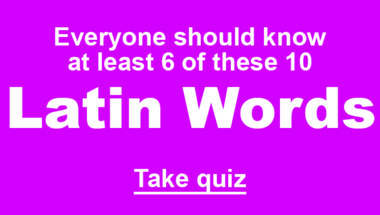
How many correct answers will you get?
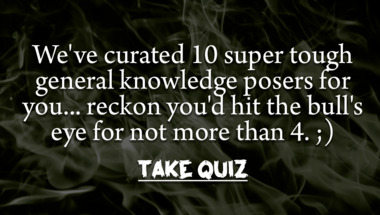
10 fun questions

Will you even get 5 questions right?

10 mixed questions in one quiz

Can you reach 3 out of 10 correct answers?
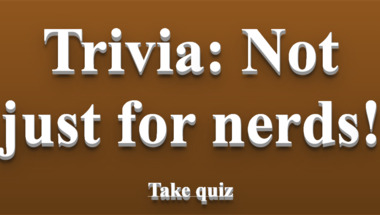
What score will you achieve?

Mixed category quiz

Post your score in the comments!

10 questions

10 questions

How many correct answers will you get?

Do you know all these movie quotes?
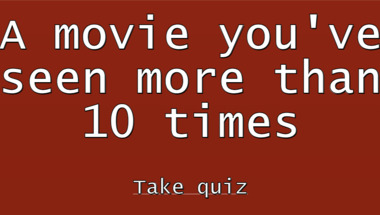
10 expert questions
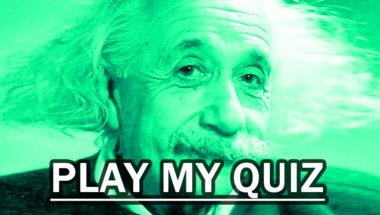
10 questions lined up
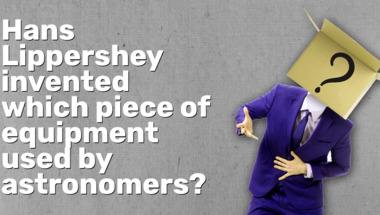
10 questions to test your knowledge

Can you name the artists?
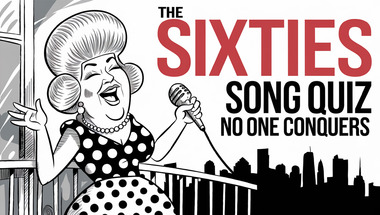
How many of them will you answer correctly?

10 questions to test your knowledge
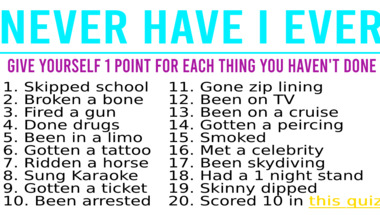
10 questions
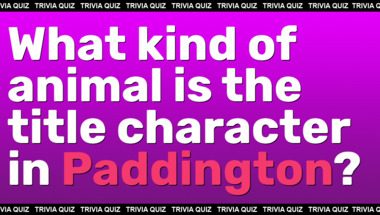
10 mixed trivia questions for you
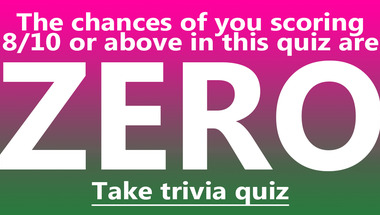
10 tasty questions

10 questions

10 questions about mixed knowledge

Can you score 5 or higher?
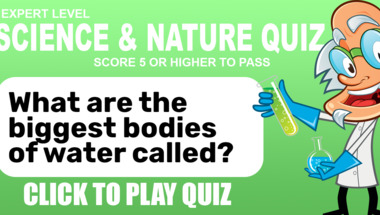
How far can you stretch this quiz?
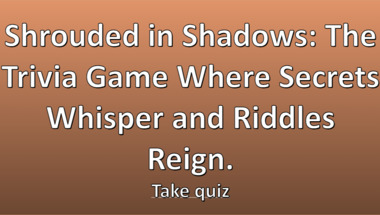
10 mixed fun questions

10 questions. Are you up for the challenge?
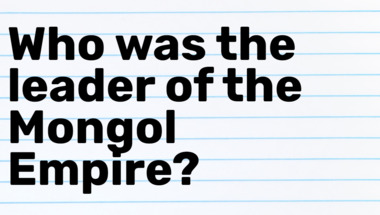
Let me know your score in the comments
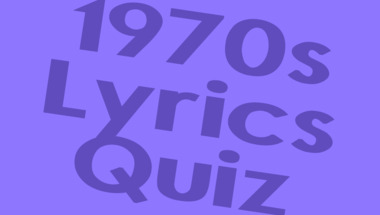
10 questions

10

10 genius questions

Trivia quiz for experts

How many correct answers will you get?

10 questions

Let us know your score in the comments
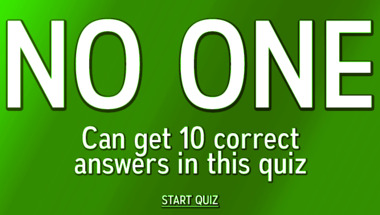
Let us know your score in the comments

10 songs to guess

Let us know your score in the comments

What do you remember?
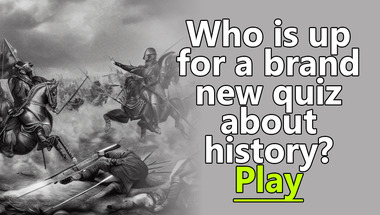
10 Trivia Questions
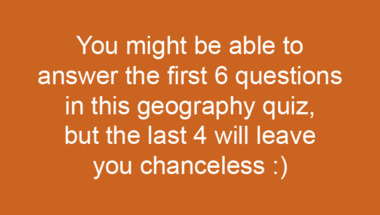
Let us know your score in the comments

How many of them will you answer correctly?
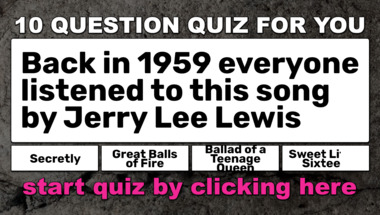
10 home chef questions

Let us know your score

Enjoy this quiz

How many correct will you get?

10 general questions
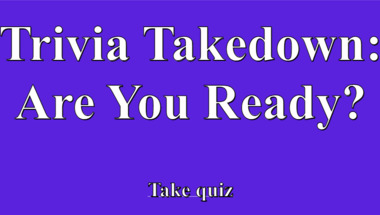
Come inside to try it out

How many correct will you get?

10 Hard Questions

10 Movie Questions

10 songs to guess

How many correct answers will you get?
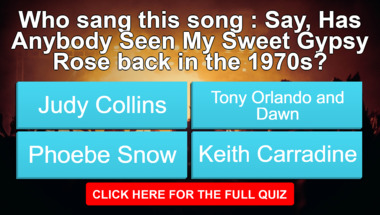
How many songs can you guess?

10 questions to answer
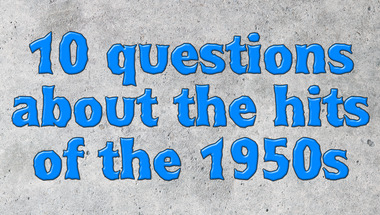
Let's see how smart you really are!

Only 10% will get these questions right
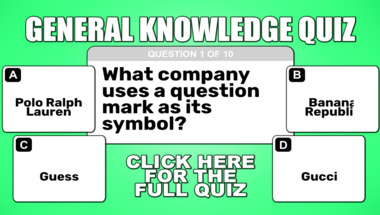
10 questions

10 mixed trivia questions

Have fun!
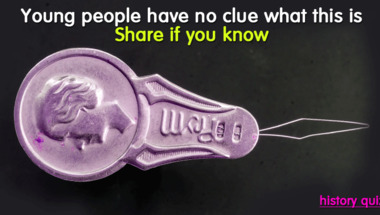
10 mixed questions
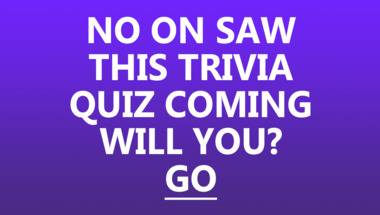
10 Impossible Questions
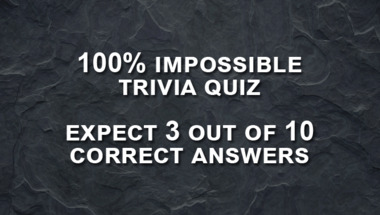
Do you know all the best selling music albums..
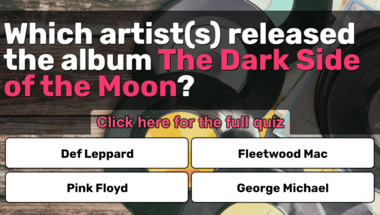
10 questions to answer

Let me know your score in the comments
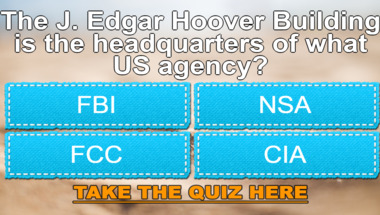
How many correct will you get?

Are you game?

10 questions in misc categories

10 fun and challenging questions

Tell us the meaning of these 10 words

How many of the world capitals do you know?
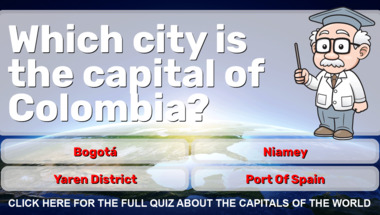
10 questions about science
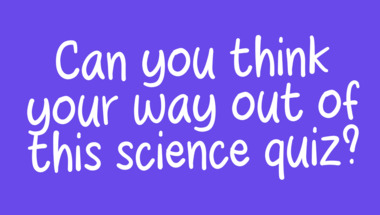
How many of the songs will you get right?

Are you up for a quiz?
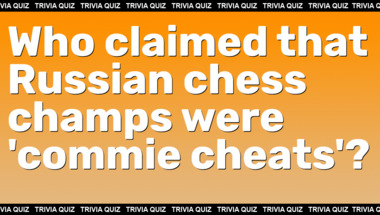
10 questions lined up
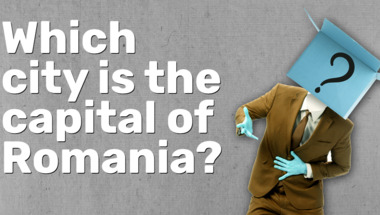
Post your score in the comments!
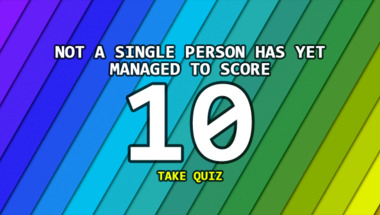
Do you know what these girls are doing?

10 questions
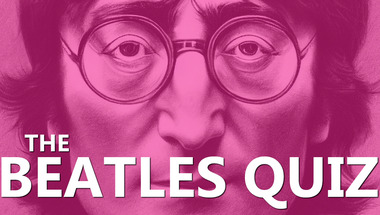
10 artists to guess

10 songs to guess

How many of them will you answer correctly?

10 mixed fun questions

10 cozy questions
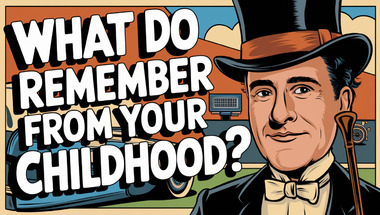
How big is your brain?
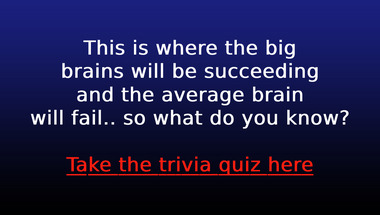
10 tricky questions
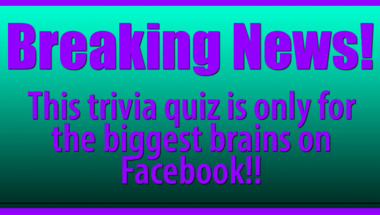
How many correct will you get?
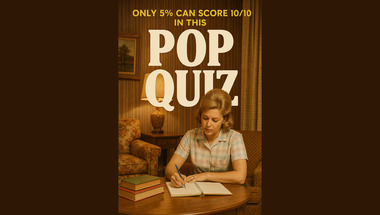
10 questions to test your knowledge

Can you translate these 10 French words?

10 Impossible Questions

10 questions to test your knowledge
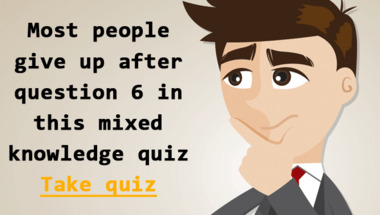
10 easy to hard questions

10 entertaining questions
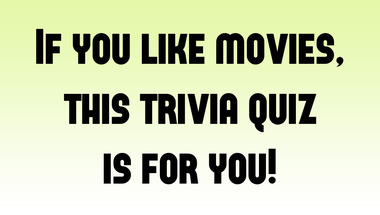
10 fun questions

10 questions

Tell us your result in the comments

10 mixed questions for you to have fun with

How many songs do you know?

10 songs to guess

How many correct will you get?

Trivia is a wonderful way to both challenge your mind and learn more about the world around us. Here, we’ll take a deep dive into ten intriguing trivia questions, exploring their answers, the stories behind them, and some fun facts that make each topic fascinating. Whether you're preparing for quiz night, curious about the world, or just love learning, this article will enrich your knowledge and entertain you.
1. Which of these was a famous playwright?
When we think about playwrights, some legendary names immediately come to mind: William Shakespeare, Anton Chekhov, Tennessee Williams, and Arthur Miller, among others. Playwrights are the creative minds behind the scripts of drama, comedy, and tragedy that have graced the world’s stages. Among these, Shakespeare is perhaps the most renowned, with works such as Romeo and Juliet, Hamlet, and Macbeth performed globally for centuries. Chekhov, meanwhile, brought a unique Russian sensibility to the stage with plays like The Cherry Orchard. The craft of playwriting is both ancient and evolving, with modern playwrights still shaping the world of theater today.
2. Which term describes the waterfall in which water descends a number of rock steps?
This type of waterfall is known as a “cascading” or “cascade” waterfall. Unlike a plunge waterfall, where water falls vertically and loses contact with the bedrock, a cascade flows over a series of rock steps in a sort of stair-like fashion. Famous examples include the Cascades in the Blue Ridge Mountains of the United States and the enchanting water features found in many national parks. The word “cascade” itself evokes images of water dancing over stones, creating both sight and sound that are mesmerizing to the observer. Geologically, cascade waterfalls often form where streams flow over layers of rock with varying resistance to erosion, resulting in the stepped formation.
3. What is the closest spiral galaxy to the Milky Way?
Astronomically speaking, the closest spiral galaxy to our own Milky Way is the Andromeda Galaxy, also known as M31. Located about 2.537 million light-years from Earth, Andromeda is not only our nearest spiral neighbor but is also on a collision course with the Milky Way, predicted to merge with us in about 4 billion years. Andromeda is visible to the naked eye from the Northern Hemisphere on clear, dark nights, appearing as a faint, blurry patch in the constellation of Andromeda. Its vastness is staggering, spanning approximately 220,000 light-years in diameter and containing around one trillion stars—more than twice the number in the Milky Way. The study of Andromeda helps astronomers understand galactic structure, evolution, and the fascinating future of our own galactic neighborhood.
4. Which of these countries does not share a border with Brazil?
Brazil is the largest country in South America and shares its borders with nearly every other country on the continent—except for Chile and Ecuador. This geographic fact often surprises people, as Brazil's perimeter stretches for over 16,000 kilometers (almost 10,000 miles). The Amazon rainforest, which covers much of Brazil’s northern territory, creates natural borders with countries such as Venezuela, Colombia, Peru, and Bolivia. Meanwhile, the Andes mountains form a formidable barrier along the western edge of the continent, separating Brazil from Chile. This unique geography has influenced Brazil's cultural and economic interactions throughout its history.
5. The definition of a substance which has no effects on the test subject best fits what science term?
The answer is “placebo.” In scientific and particularly medical contexts, a placebo is a substance or treatment with no therapeutic effect, often used as a control in testing new drugs. The “placebo effect” occurs when patients experience real changes in their health after receiving a placebo, simply because they believe they are receiving real treatment. Placebos are crucial in double-blind studies, where neither the patient nor the experimenter knows who is receiving the actual treatment, in order to ensure unbiased results. The concept highlights the powerful role that expectation and psychology can play in physical health.
6. Gustavus Vasa led which country during the Swedish War of Liberation?
Gustavus Vasa, later known as King Gustav I of Sweden, was a pivotal figure in Swedish history. He led Sweden in the early 16th century during the Swedish War of Liberation against Danish rule, which was part of the larger Kalmar Union. His leadership and subsequent victory in 1523 marked the end of Danish domination and the beginning of modern Sweden as an independent state. Gustavus Vasa’s reign ushered in significant political and religious reforms, including the establishment of Lutheranism as the state religion. His legacy is so significant that he is often called the “father of modern Sweden.”
7. Where was the lunar rover driven on July 31st, 1971?
On July 31st, 1971, the lunar rover was driven on the surface of the Moon during the Apollo 15 mission. This mission marked the first time a lunar rover—known as the Lunar Roving Vehicle (LRV)—was used by astronauts to explore the Moon’s landscape. Astronauts David Scott and James Irwin drove the rover across the Hadley–Apennine region, greatly expanding the range and scientific capabilities of their mission. The LRV enabled them to travel further from the lunar module than ever before, collect more samples, and conduct a wider array of experiments. The use of the rover was a triumph of engineering and remains an iconic moment in the history of space exploration.
8. Which rocker made his television debut on Louisiana Hayride in 1955?
The answer is Elvis Presley, the “King of Rock and Roll.” In 1955, Elvis made his television debut on the “Louisiana Hayride,” a popular country music show broadcast from Shreveport, Louisiana. This appearance was a turning point in his career, propelling him from regional fame to national stardom. The energy, charisma, and unique style that Elvis brought to the stage revolutionized popular music and culture. His influence can still be felt in music, fashion, and entertainment, making that debut a significant cultural milestone.
9. Who on a visit to Berlin, challenged Soviet Premier Gorbachev to tear down the Berlin Wall?
The famous challenge was issued by U.S. President Ronald Reagan. On June 12, 1987, standing before the Brandenburg Gate, Reagan declared, “Mr. Gorbachev, tear down this wall!” His speech was seen as a defining moment in the final years of the Cold War, symbolizing the desire for freedom and the end of division in Europe. The Berlin Wall would eventually fall in 1989, and Reagan’s words remain one of the most memorable calls for liberty and unity in modern history.
10. Who had the hit Give Me Love (Give Me Peace On Earth) in 1974?
This hit song was performed by George Harrison, the former Beatle. Released in 1973 on his album Living in the Material World, “Give Me Love (Give Me Peace On Earth)” quickly soared to the top of the charts, becoming Harrison’s second U.S. number-one single. The song reflects Harrison’s spiritual journey and desire for peace, both personal and global. Its heartfelt lyrics and melodic sound contributed to its enduring popularity and solidified Harrison’s reputation as a solo artist following the breakup of The Beatles.
Conclusion
Exploring trivia is a journey through history, science, geography, arts, and culture. Each question offers a gateway to deeper understanding and a richer appreciation of the world. Whether it’s learning about the playwrights who shaped literature, the galaxies that light our night sky, or the iconic moments that changed history, trivia challenges us to think, remember, and discover. Next time you hear a quiz question, take a moment to dig a little deeper—you never know what fascinating stories you’ll uncover!